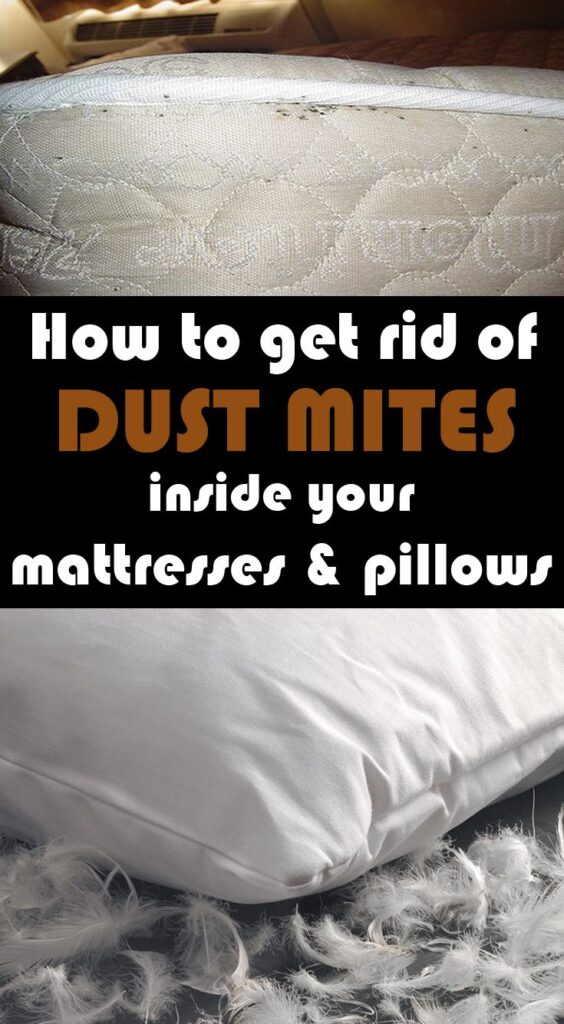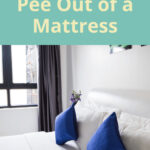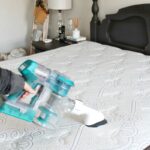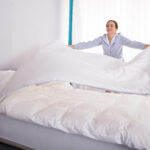Do you ever wonder if there are dust mites lurking in your mattress? Dust mites are microscopic creatures that can live in your mattress and bedding, and they can cause health problems like allergic reactions and asthma. In this guide, we’ll show you how to spot dust mites on your mattress and how to get rid of them. We’ll also provide some tips on how to prevent them from coming back. By following this guide, you’ll be able to sleep soundly knowing that your mattress is free of dust mites!
What are Dust Mites?
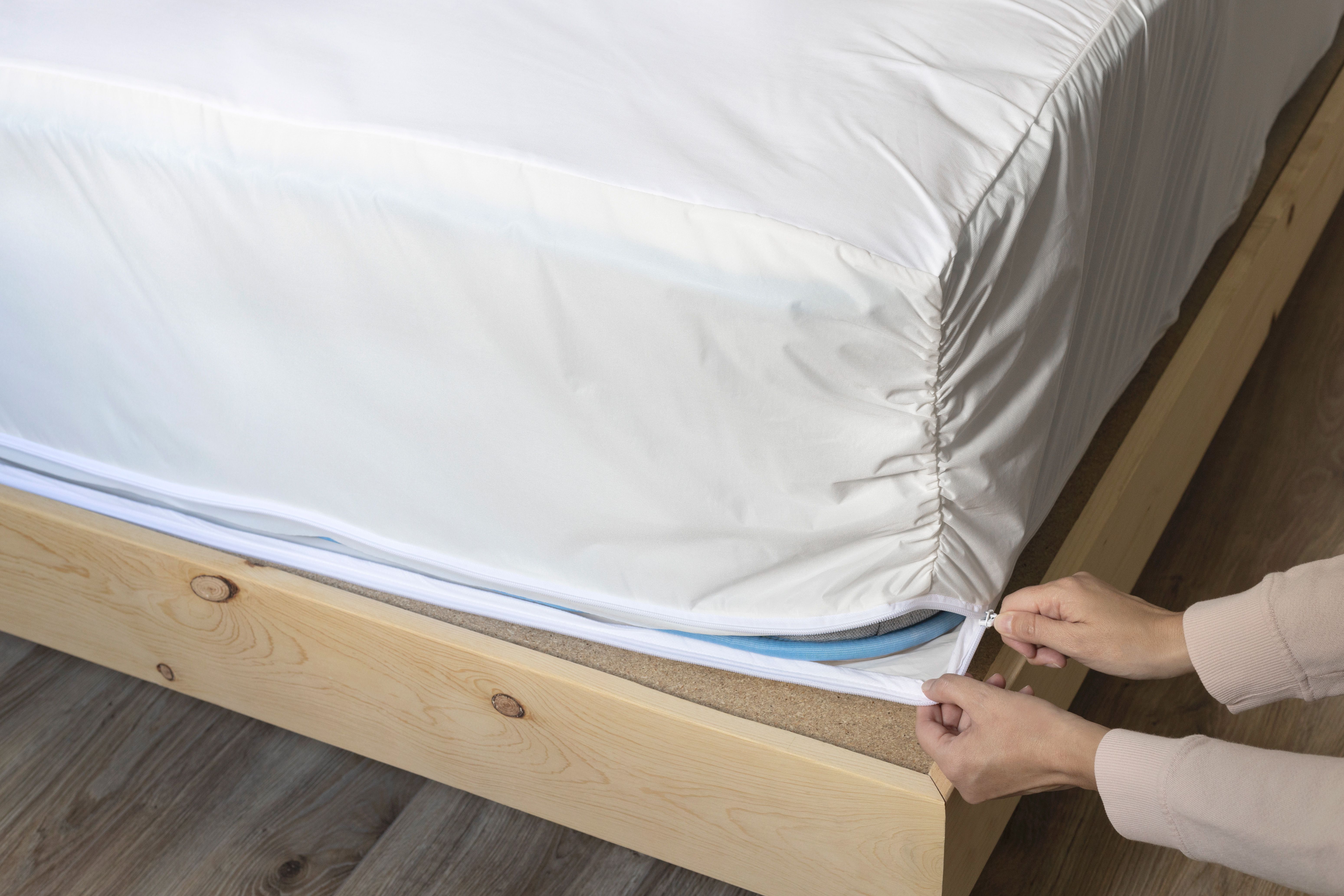
Dust mites are microscopic arthropods that feed on dead skin cells, pet dander, and dust. They are one of the most common allergens, and can be found in mattress seams, bedding, carpets, and furniture. Dust mites are not visible to the naked eye, and they are too small to be seen without a microscope.
Here are some interesting facts about dust mites:
- Dust mites can live up to 10 days without food. They eat dead skin cells and pet dander, but can survive without eating for up to 10 days.
- Dust mites thrive in warm, humid environments. That’s why they love mattresses, since bodies create heat and moisture.
- Dust mites can cause allergic reactions. Their droppings contain proteins that can cause sneezing, coughing, and other allergic reactions.
- Dust mites reproduce quickly. A female dust mite can lay up to 100 eggs in her lifetime, and a single dust mite can produce up to 2,000 offspring.
To prevent dust mites from infesting your mattress, it’s important to know how to get rid of dust mites on mattress. Regular vacuuming, washing bedding in hot water, and using dust mite-proof covers can help reduce the number of dust mites on your mattress and in your home.
Signs of Dust Mites on Your Mattress
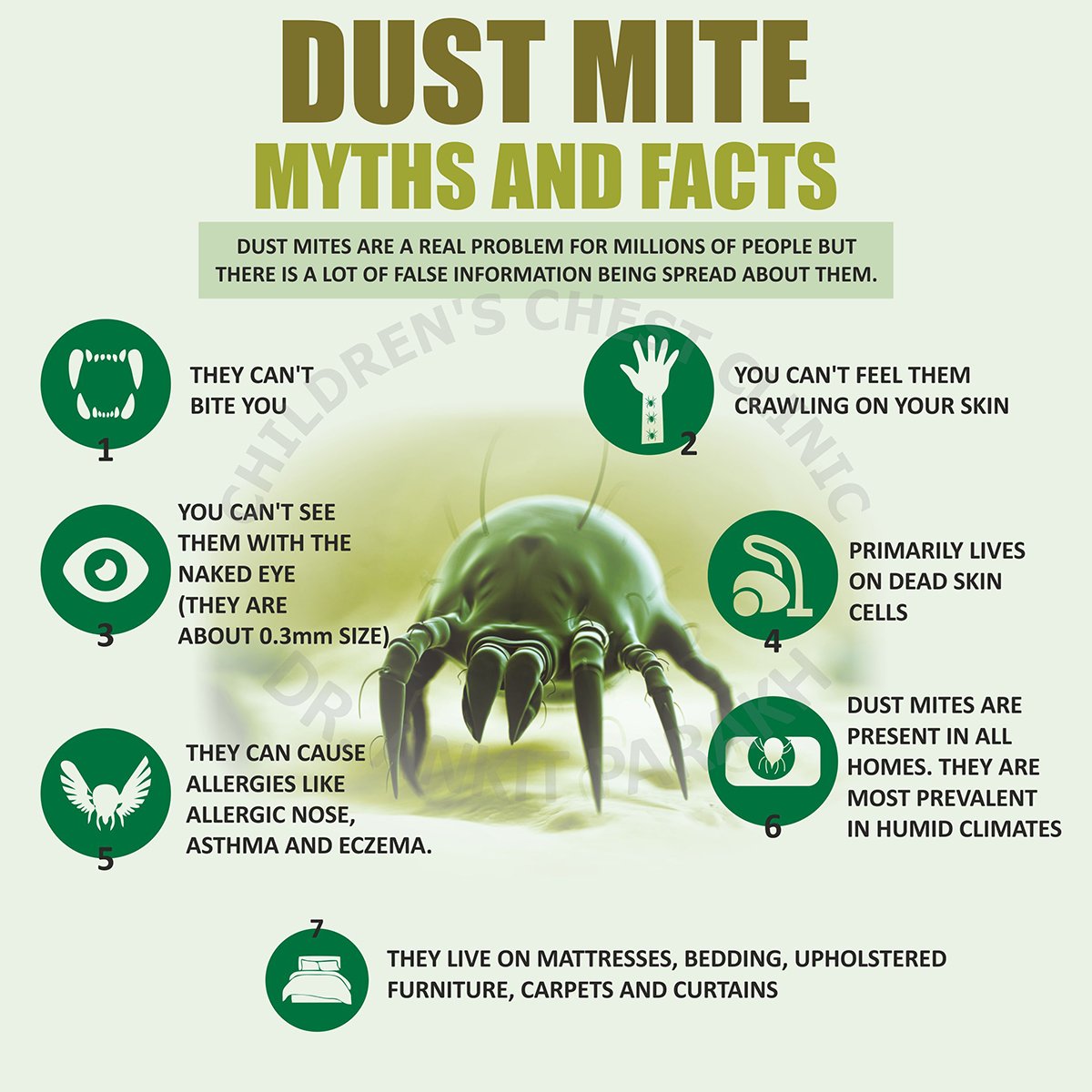
Dust mites are microscopic creatures that feed on dead human skin cells and can be found in all kinds of soft furnishings, particularly mattresses. Here are some of the signs that indicate they may have made a home in yours:
- Allergy symptoms, such as sneezing, watery eyes, and a runny nose.
- Itchy eyes, redness, and skin irritation.
- Discolored patches on your mattress.
- Tiny red, yellow, or black dots that may be visible on the mattress surface.
- An unpleasant musty smell.
Dust mites can be a nuisance and, in some cases, even cause health problems, so it’s important to get rid of dust mites on your mattress as soon as possible.
How to See Dust Mites on Your Mattress
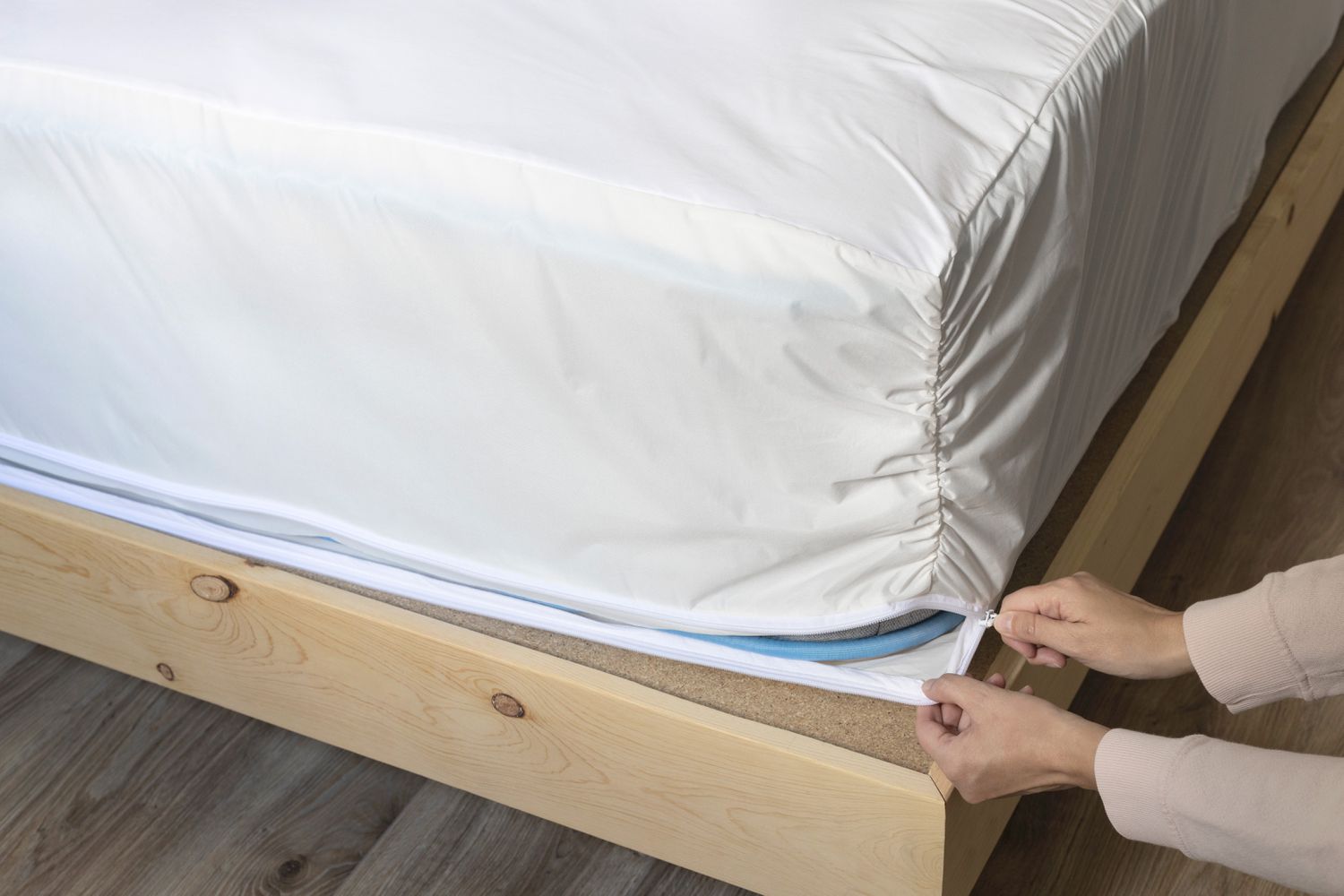
Dust mites are microscopic, translucent creatures that feed on dead skin cells, dander, and other organic materials. They are a major source of allergens and can cause asthma and allergy-like symptoms. To spot dust mites on your mattress, you need to take a few steps.
Step 1: Check for Visual Clues
Look for telltale signs of dust mite activity, such as tiny black spots or specks around the mattress seams or corners. These could be droppings from the mites. To get a better look, use a magnifying glass to examine the mattress more closely.
Step 2: Use a Black Light
Turn off the lights and use a black light to inspect your mattress. Dust mites are easier to detect under ultraviolet light. If you can see a yellow-greenish glow, then you may have a dust mite infestation.
Step 3: Use an Air Sampler
An air sampler is a device that collects dust particles using a vacuum. To use an air sampler, take a sample of the air around your mattress and analyze it under a microscope. If you see dust mite particles, then you may have an infestation.
Step 4: Take a Sample of Your Mattress
If all else fails, take a sample of your mattress and send it to a laboratory for testing. A lab can analyze the sample for the presence of dust mites and other allergens.
By following these steps, you can spot dust mites on your mattress and take steps to prevent or treat a dust mite infestation.
How to Get Rid of Dust Mites on Your Mattress
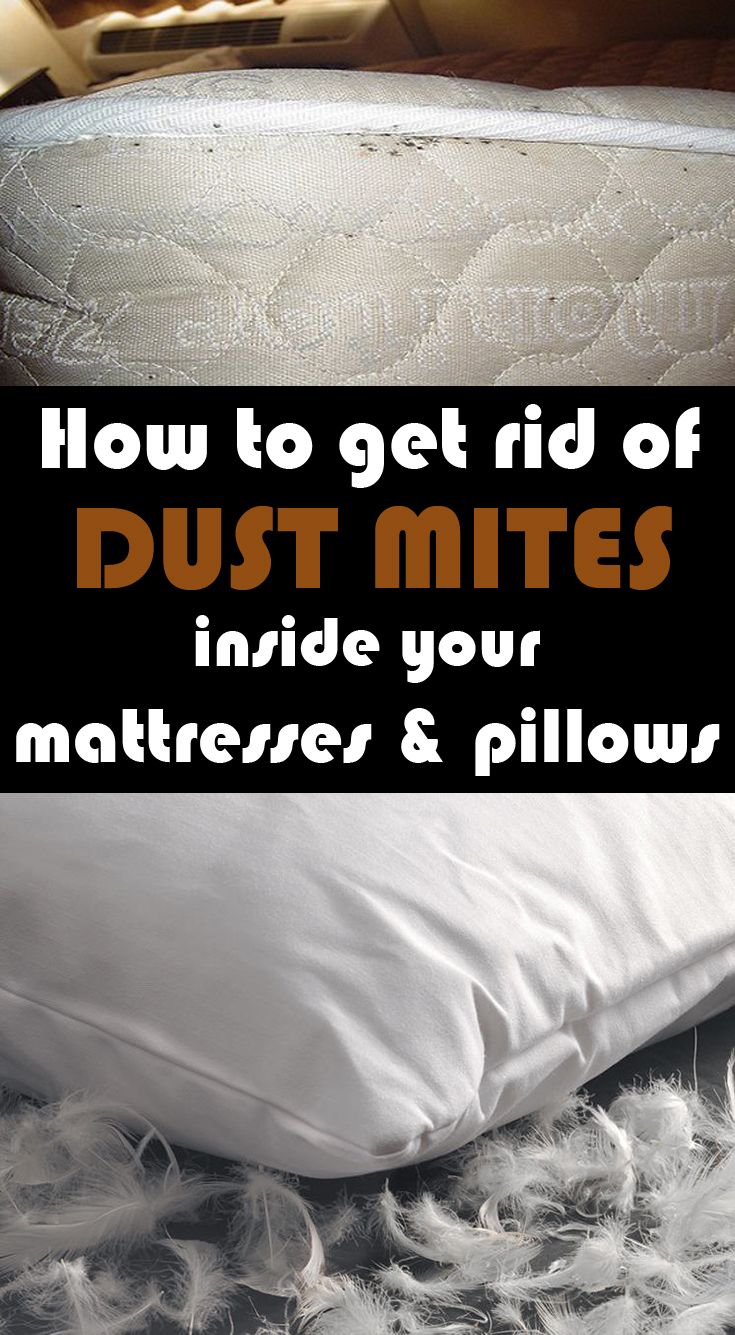
Vacuum: Vacuum your mattress regularly to remove dust mites and other debris. Use a vacuum with a HEPA filter to ensure all dust mites are collected. Make sure to vacuum all sides and crevices.
Wash Bedding: Wash all bedding, including sheets, pillowcases, and blankets, in hot water on a regular basis. This will help to remove dust mites and other particles.
Encasements: Use mattress encasements to trap dust mites and keep them from spreading. These covers will also protect your mattress from further infestation.
Dehumidify: Dust mites thrive in humid environments. Dehumidify your bedroom to reduce the amount of moisture in the air and make it less hospitable to dust mites.
Air Purifier: An air purifier can help to reduce dust mite allergens in your bedroom. Look for one with a HEPA filter to ensure it effectively captures allergens.
Natural Remedies: Natural remedies such as tea tree oil, neem oil, or eucalyptus oil can help to repel dust mites and reduce their numbers. Add a few drops of these essential oils to your vacuum cleaner or spray them around the room.
Using a Vacuum Cleaner
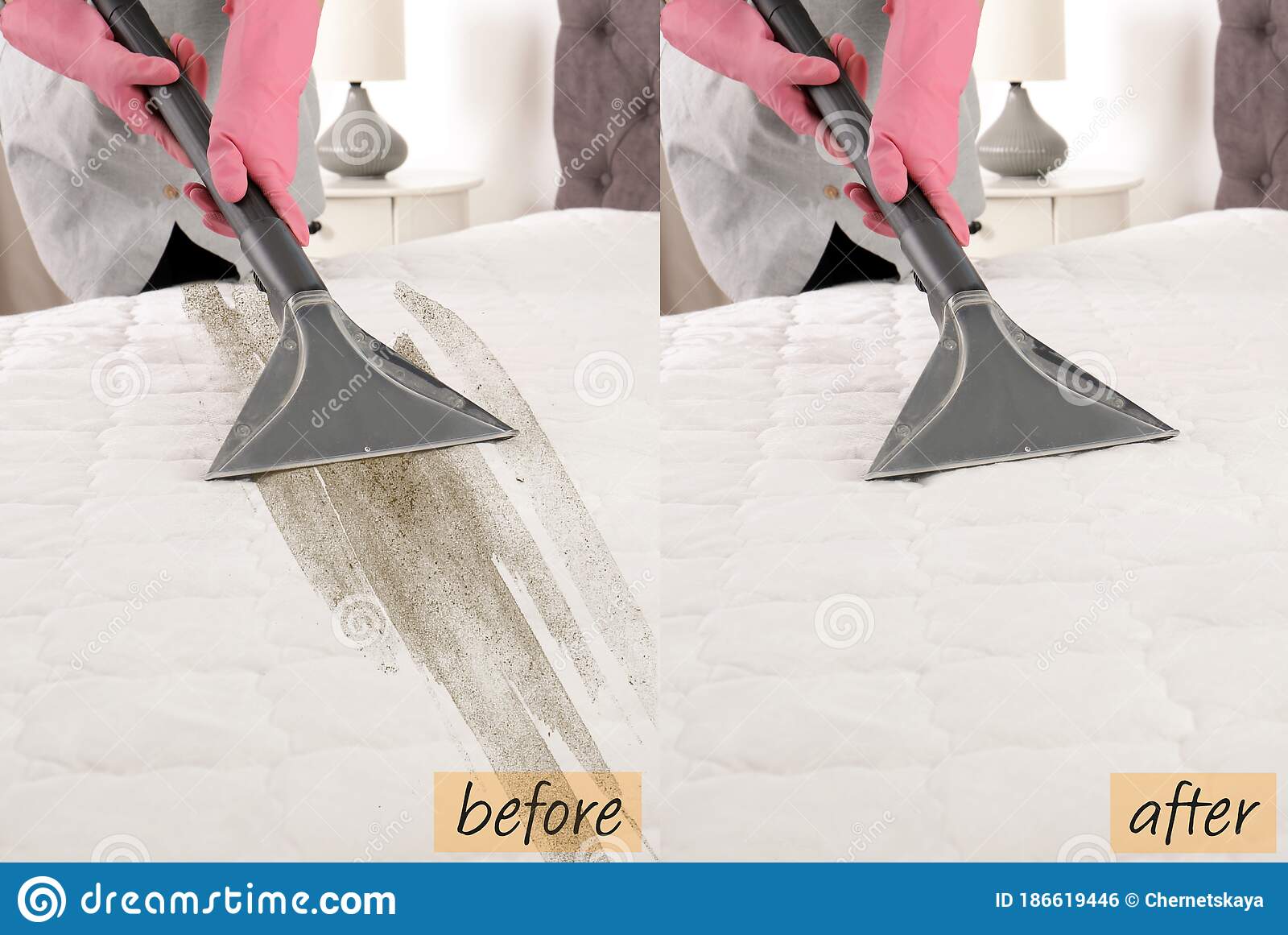
Using a vacuum cleaner is an important part of the process for how to spot dust mites on your mattress. Vacuuming helps to dislodge and remove dust mite allergens from mattresses, bedding, and other surfaces.
- Vacuum your mattress on both sides at least once a month using a good-quality vacuum cleaner with a HEPA filter.
- Be sure to vacuum the edges of the mattress where dust mites may accumulate.
- You can also use a handheld vacuum with a long, thin nozzle attachment to thoroughly clean mattress seams and other hard-to-reach places.
- Vacuum any other areas of your bedroom that may contain dust mites, such as carpets, rugs, curtains, and upholstered furniture.
- Once you’ve finished vacuuming, empty the vacuum cleaner bag or dustbin and dispose of the contents in an outdoor trash can.
Vacuuming is a simple and effective way to remove dust mite allergens from your mattress and other surfaces. By making it part of your regular cleaning routine, you can help to keep dust mite populations in your home to a minimum.
Using a Steam Cleaner
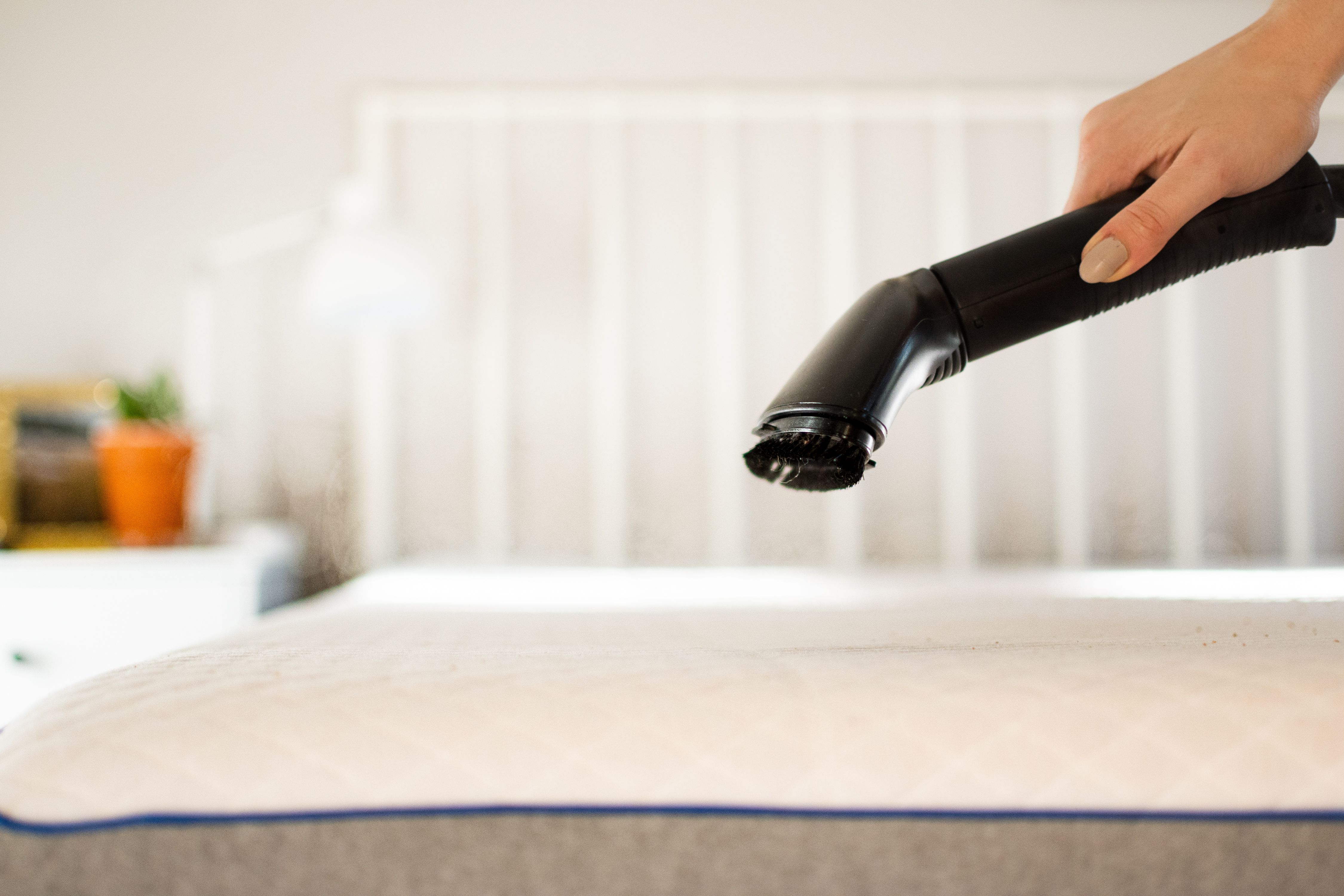
- Steam cleaning kills dust mites, their eggs and larvae, as the heat from the steam destroys them.
- Steam cleaning is an environmentally friendly way to clean your mattress and remove dust mites.
- Steam cleaning your mattress sanitizes it, killing bacteria and other microorganisms.
- Steam cleaning is a simple process, and many steam cleaners come with attachments specifically designed for mattresses.
- Steam cleaners can also be used to clean and sanitize other items in your home, such as furniture, curtains, and carpets.
Using a Mattress Protector
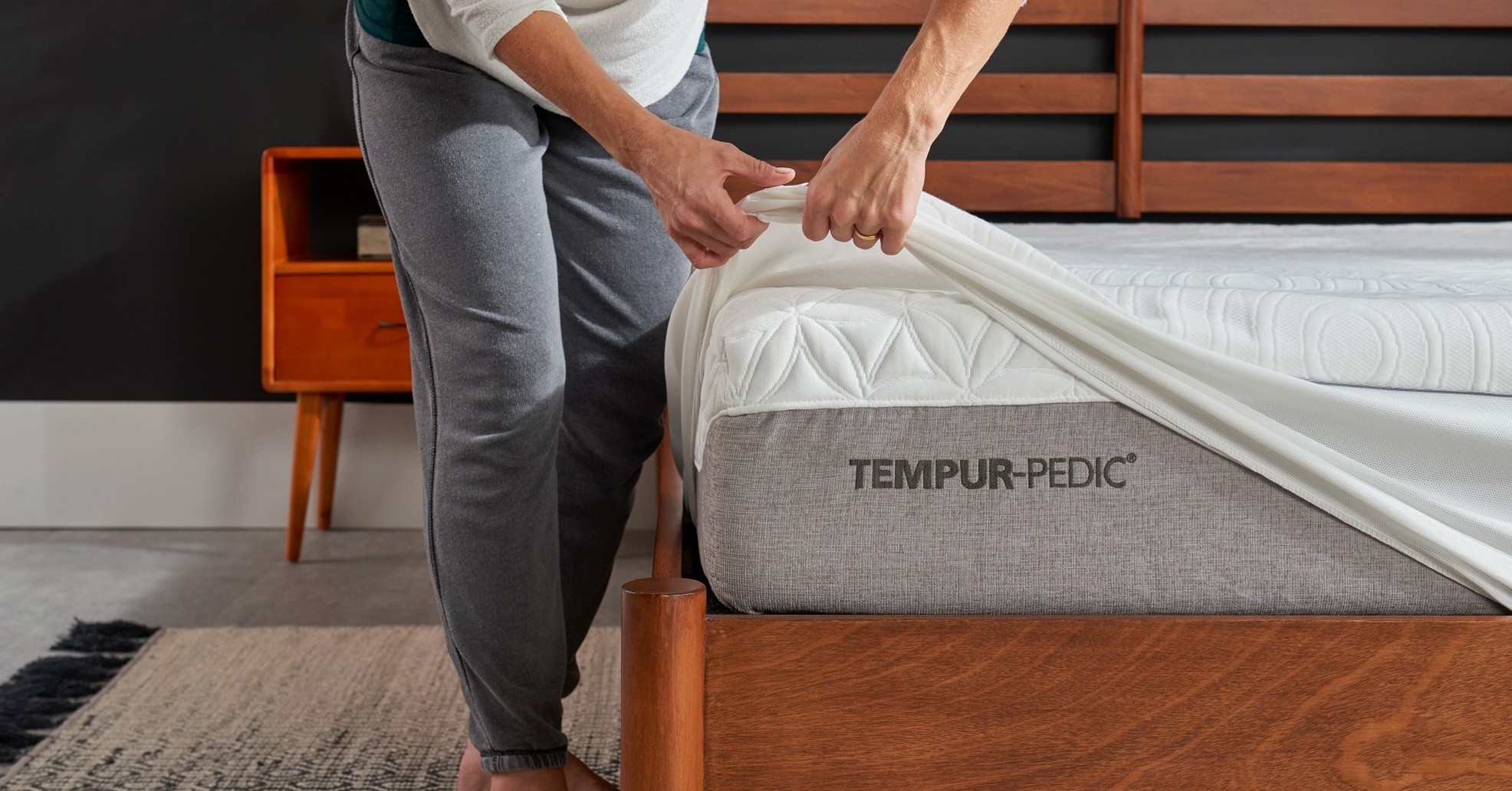
- Invest in a mattress protector. This will keep dust mites and other allergens from infiltrating your mattress and creating an environment for them to thrive.
- Wash the mattress protector regularly, at least once a month, and preferably on the hottest setting your washing machine allows.
- Replace the mattress protector every six to 12 months, or more often if you can. This will help to keep dust mites from becoming established and reproducing.
Using Specialized Dust Mite Treatments
Once you have identified the presence of dust mites on your mattress, you can take steps to reduce their numbers and mitigate their impact. There are a variety of specialized dust mite treatments available that can help to reduce the presence of mites on your mattress.
Vacuuming is a highly effective method of removing dust mites, as it removes mite allergens and other debris from the surface of the mattress. Vacuuming should be done with a powerful vacuum cleaner and a special dust mite attachment.
Encasing the mattress in a dust mite-proof cover or encasement is an effective strategy for reducing mite numbers. These encasements are designed to keep the dust mites from getting into the mattress and can be purchased from specialty stores.
Using mattress covers that are designed to capture dust mites is another way to reduce mite numbers. These covers can be washed regularly to keep the mattress free of mites and their allergens.
Using chemical sprays can also be used to reduce the presence of dust mites on the mattress. These sprays are designed to kill mites and their eggs, and should be applied to the mattress in accordance with manufacturer instructions.
Using steam cleaning is another way to reduce the presence of dust mites on the mattress. This process involves using hot steam to kill mites and their eggs, and should be done regularly for best results.
Regardless of the method you choose, it is important to remember that reducing the presence of dust mites on the mattress is the best way to improve the air quality in your home and reduce the impact of mites on your health. Following these steps can help you manage the presence of mites on your mattress and keep them under control.
Frequently Asked Questions
How do dust mites affect my health?
Dust mites are microscopic bugs that feed on the dead skin cells that people and pets shed daily. They are a major cause of allergies, asthma and other respiratory problems. Inhaling dust mite allergens can cause sneezing, itchy eyes, runny nose, and congestion. It can also aggravate existing conditions such as asthma and eczema. Dust mites can also cause headaches, fatigue, and difficulty breathing.
What are the Signs that I have Dust Mites on my Mattress?
- Allergy Symptoms:
-
- Dust mites cause allergies and can result in red, itchy eyes, runny nose, sneezing, and coughing.
-
- Visible Dirt: Dust mites can leave behind visible dirt and debris.
-
- Visible Mites: Dust mites may be visible to the naked eye.
-
- Odors: Dust mites can cause musty odors.
- Visible Bites: Dust mites may bite humans, leaving behind visible marks.
How Often Should I Inspect My Mattress for Dust Mites?
- Monthly: Take a look at your mattress and sheets every month, and check for signs of dust mites.
- After Vacuuming: Inspect your mattress and sheets whenever you vacuum your bedroom.
- After Cleaning: Inspect your mattress and sheets after you perform any deep cleaning.
- During Allergy Season: Inspect your mattress and sheets during peak allergy season, as allergens can accumulate more easily when the air is dry.
It is important to inspect your mattress for dust mites regularly, as dust mites and their waste can accumulate over time and cause health issues.
Are there any natural ways to keep dust mites away from my mattress?
- Use an Allergy-Proof Mattress Cover – An allergy-proof mattress cover can help keep dust mites away from your mattress. This cover is made of tightly woven fabric and is designed to keep allergens such as dust mites and pet dander out of your bed.
- Keep Your Bedroom Clean – Vacuuming your bedroom regularly is one of the best ways to keep dust mites away from your mattress. Cleaning up pet hair and dust regularly can also help limit the number of dust mites in your bedroom.
- Wash Your Bedding Regularly – Dust mites love to feed on the dead skin cells that accumulate on your bedding. Washing your sheets, blankets and pillowcases in hot water at least once a week can help keep dust mites away from your mattress.
- Use Essential Oils – Certain essential oils, such as eucalyptus, lavender, peppermint, and tea tree oil, have been known to repel dust mites. You can use these oils in a diffuser or in a spray bottle to help keep dust mites away from your mattress.
Is it safe to use chemical treatments to get rid of dust mites on my mattress?
Chemical treatments are often used to treat dust mites, but there are potential risks involved. These treatments may contain toxic chemicals, and some of them can be corrosive or flammable. It is important to read the directions carefully and follow them exactly to ensure safety.
- Consider the type of chemical treatment. Some chemical treatments kill dust mites, while others repel them. Read the label carefully and make sure the product is safe for use on your mattress.
- Check for safety information. Look for safety labels on the product packaging, such as a signal word, hazard statements, and precautionary statements.
- Wear protective gear. Wear gloves, goggles, and a respirator when using chemical treatments. Make sure you are in a well-ventilated area, and avoid contact with skin and eyes.
- Follow the directions. Make sure you follow the directions exactly, as failure to do so may cause harm to you or the environment.
- Avoid using chemical treatments on young children or pregnant women. Chemical treatments can be dangerous to the health of both young children and pregnant women.
In conclusion, chemical treatments can be effective for getting rid of dust mites on your mattress, but it is important to read the directions carefully and follow them exactly to ensure safety.
Conclusion
Dust mite infestations are a common problem in many households. Taking the necessary steps to spot dust mites on your mattress can help identify and prevent infestations before they become a serious health risk. By inspecting your mattress frequently and scheduling regular professional treatments, you can keep your mattress dust mite-free.
